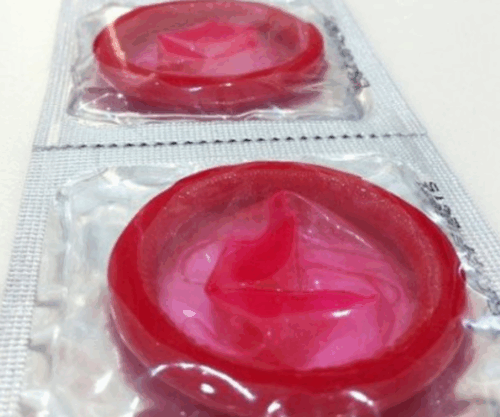
Testosterone is known to be a hormone produced by men and needed for the male’s reproductive system. However, women also produce this hormone, a concern may arise though when there is too much of it in a female.
The Boston University Medical Campus states that testosterone in women is produced in the ovaries, adrenal gland, and peripheral tissues, with a quarter produced in the ovaries and 25% in the adrenal gland.
There are instances where testosterone levels are high in a woman’s body and that has effects such as frontal balding, acne, enlarged clitoris, increased muscle mass, voice deepening, and infertility, according to Medical News Today.
These are some of the causes of this hormone levels increasing:
Polycystic ovary syndrome (PCOS): Health Shots mentions that polycystic ovary syndrome is a hormonal disorder affecting women of reproductive age, causing infrequent or prolonged menstrual periods, excess male hormone levels, acne, and excessive facial and body hair. “The ovaries will develop numerous small collections of fluid (follicles) and won’t be able to release eggs on a regular basis. But those with PCOS have symptoms similar to other high testosterone symptoms like acne and excessive facial and body hair.”
Hirsutism: According to Healthline, “This condition is primarily caused by an imbalance of androgen hormones.” This condition is said to be identified by unwanted hair growth on the back, face, and chest of a woman, which are signs associated with high testosterone levels.
Congenital adrenal hyperplasia (CAH): “People with CAH lack one of the enzymes necessary to regulate the production of these hormones, so they secrete too little cortisol and too much testosterone,” states Medical News Today. The information hub explains this condition as an inherited disorder affecting the adrenal glands, which secrete hormones like cortisol and aldosterone.
Steroids: Everly Well mentions that steroid abuse can lead to an increase in testosterone levels and other androgens in the body.
This hormone is meant to be secreted by a woman’s body in small quantities, not too little and not too much, the Thrivelab publication suggests ways to maintain a balanced level of testosterone :
- Bioidentical hormone replacement therapy (BHRT)
- Regular physical activity, especially strength training
- Enough zinc
- Stress management, such as meditation, deep breathing exercises, or outdoor activities,
- Quality sleep
Also see: Proof of high cortisol levels in women




